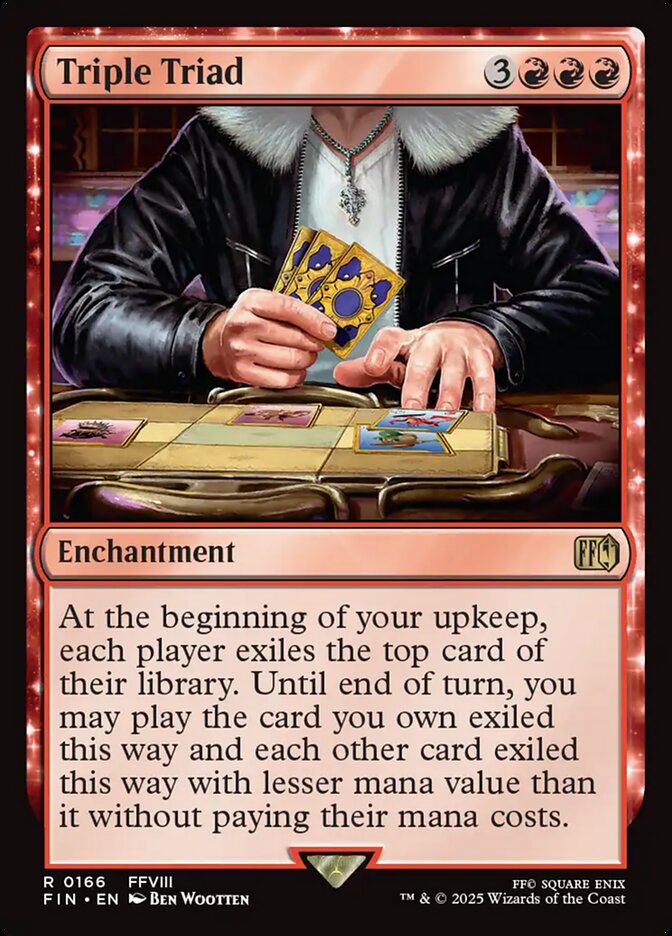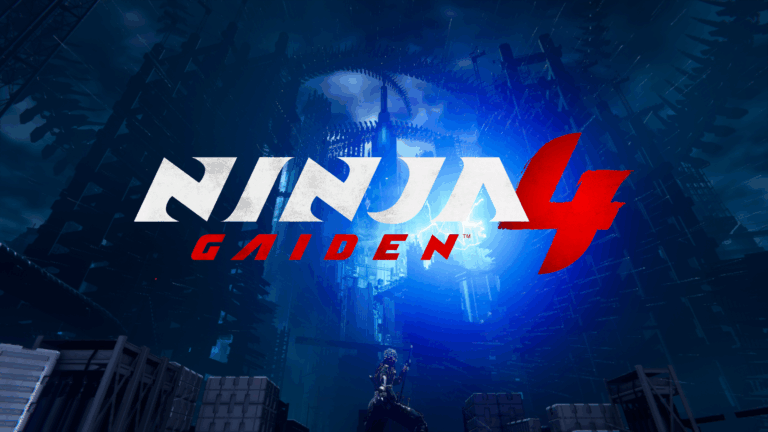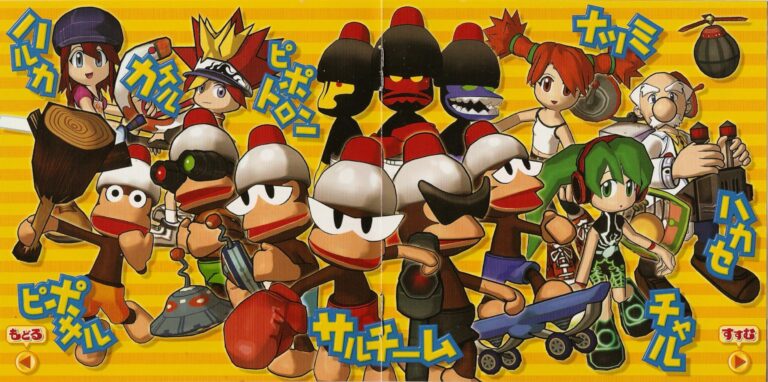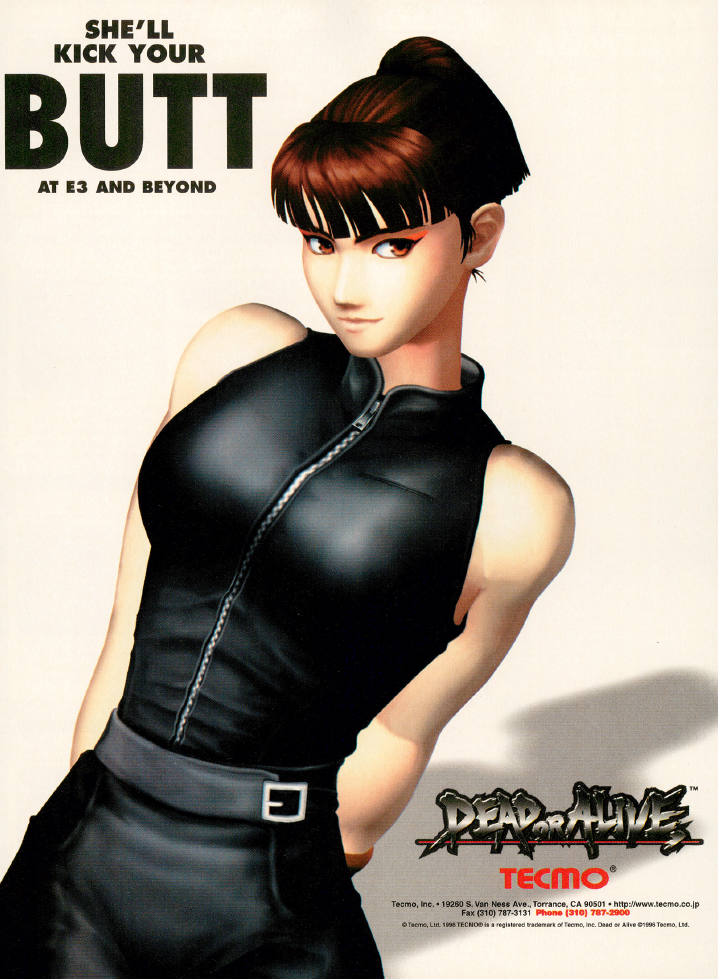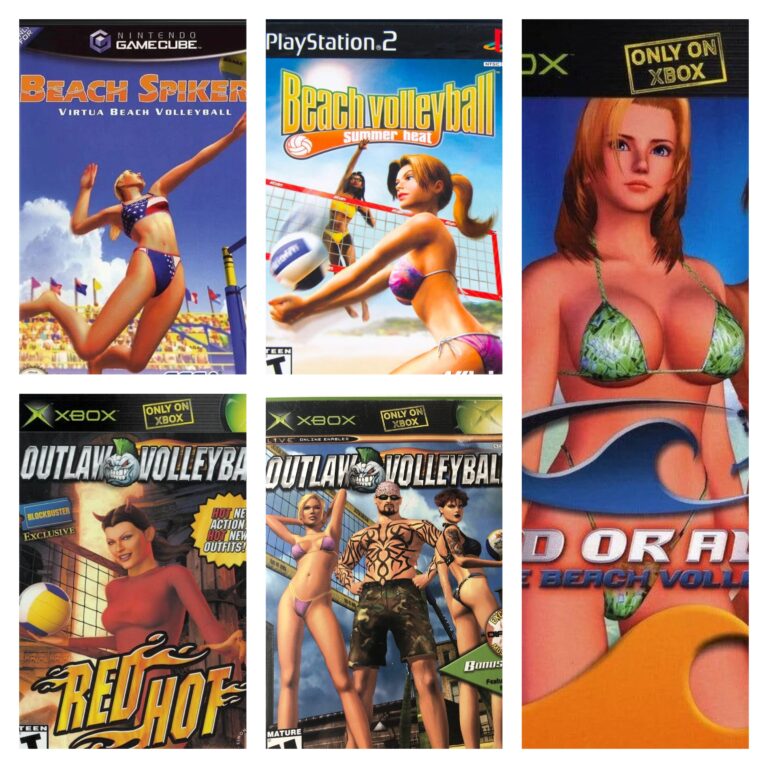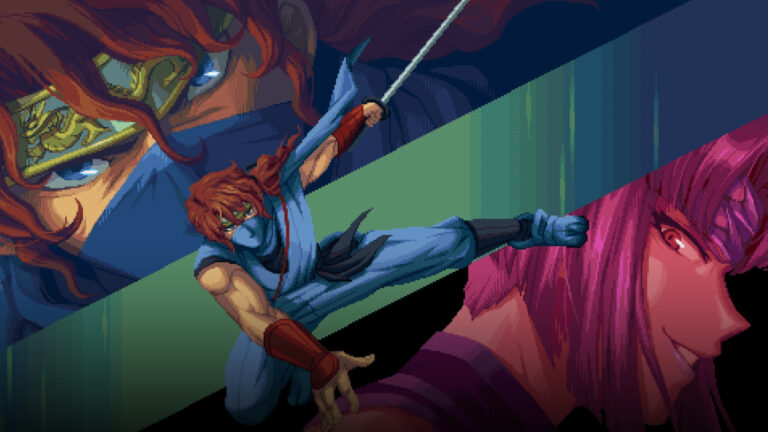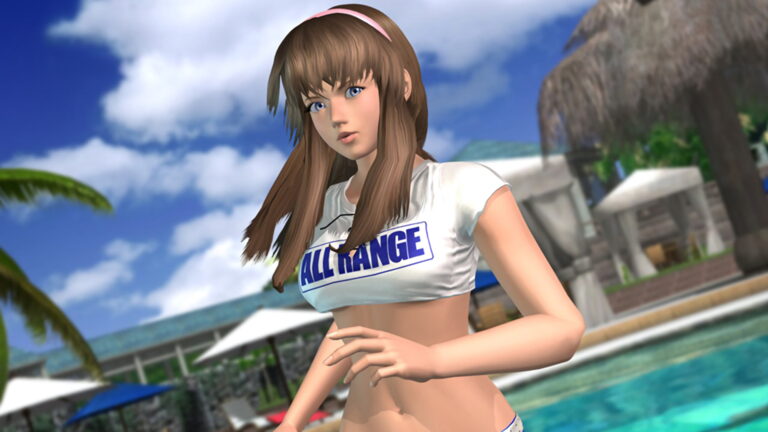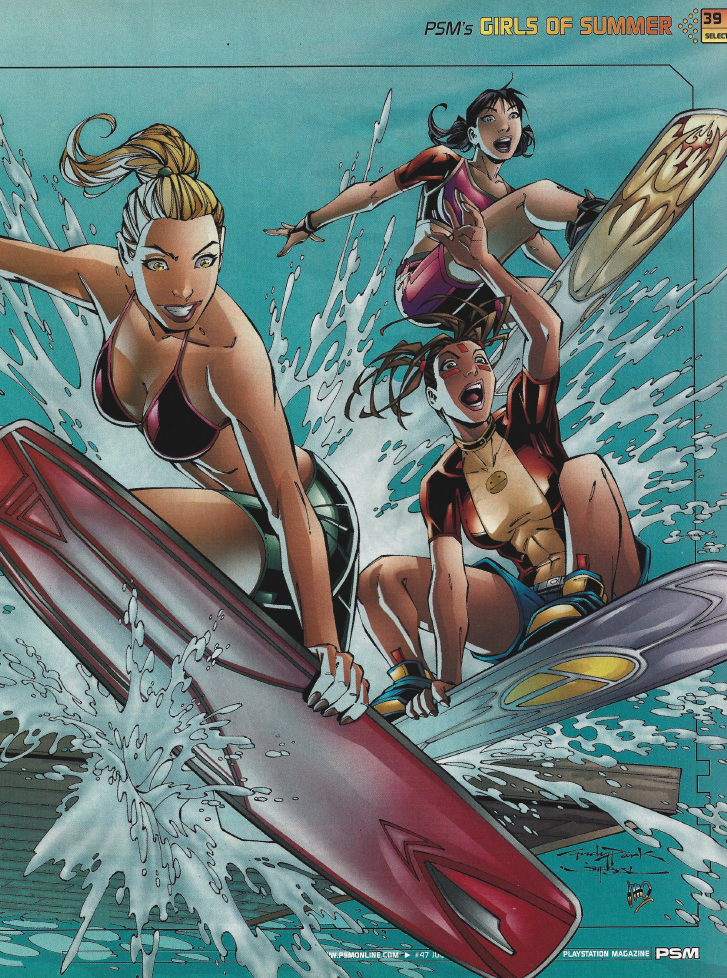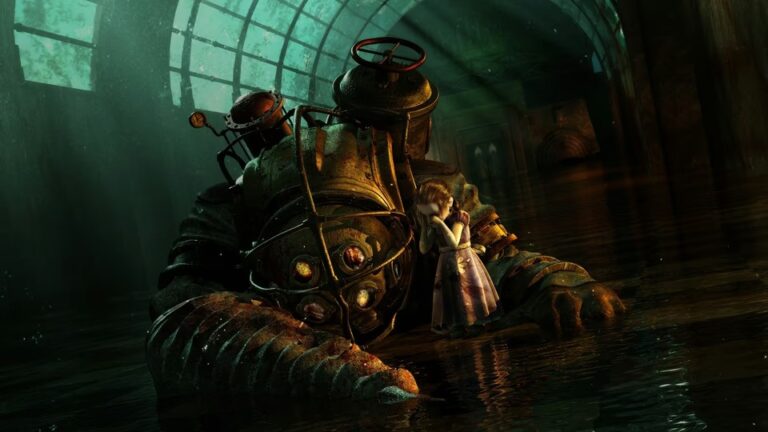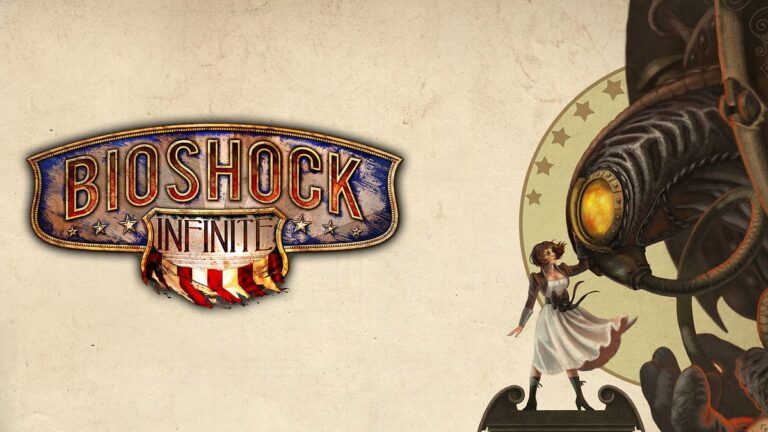It’s mid-December, so that means another count-down of my favourite movie posters of the past year! In...
Barloq
Writer, blogger, father. Blogging since 2012, writing my whole life. Was blessed by the chupacabra and the guardian shepherd.
Alright, it looks like this is now an annual thing! Before we get into this, let’s make...
Welcome back, once again, to the Ninja Gaiden Love/Hate series! In this entry, we’ll be covering the...
IC2S has kind of evolved into a media impressions blog over the past several years, but I...
Welcome back to the Ape Escape Love/Hate series! As I alluded to at the end of the...
My PSM Video Game Girls Swimsuit Issue ranking is the gift which keeps on giving. Not only...
Welcome back to the Ape Escape Love/Hate series! I covered the main entries in this franchise last...
While I was researching and writing my article about the PSM video game girl swimsuit issues, I...
Since completing my lengthy ranking of all of the PSM swimsuit issues, I’ve been continuing to go...
Welcome back to the Ninja Gaiden Love/Hate series! It’s been a few months now since I embarked...
Welcome back to the Dead or Alive Love/Hate series! Yeah, that’s right, we’ve got a special little...
When I was a teen (back around 2005), I really got into video game magazines. EGM, Game...
And with that, we have completed another Love/Hate series here on IC2S! As soon as I finished...
Welcome back to the Bioshock Love/Hate series! In this entry, we’ll be covering the final game in...

